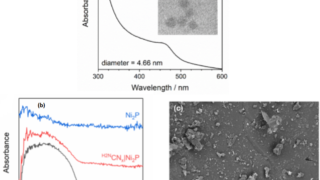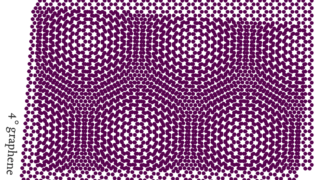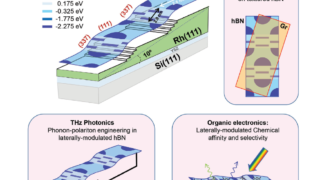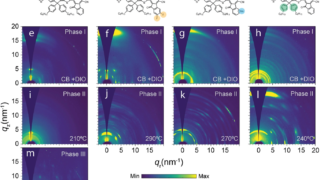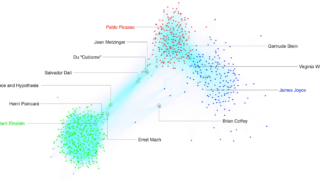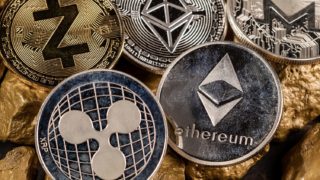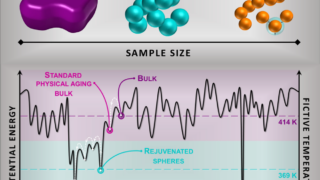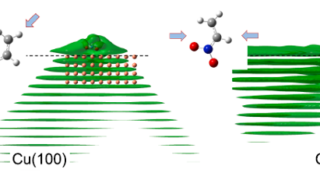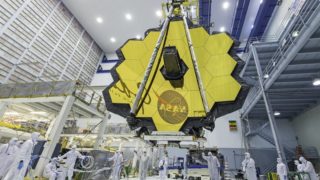
James Webb Space Telescope: how to send a giant telescope to space – and why
The James Webb Space Telescope is scheduled to head to space on Dec. 18, 2021. With it, astronomers hope to find the first galaxies to form in the universe, will search for Earthlike atmospheres around other planets and accomplish many other scientific goals. I am an astronomer and the principal investigator for the Near Infrared […]
